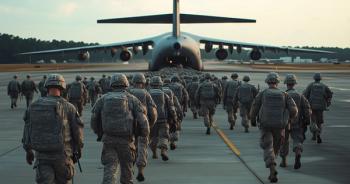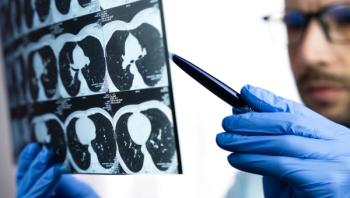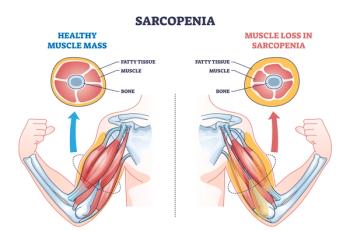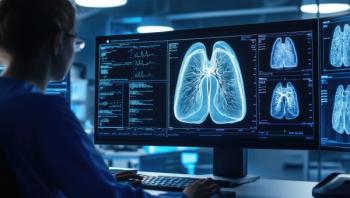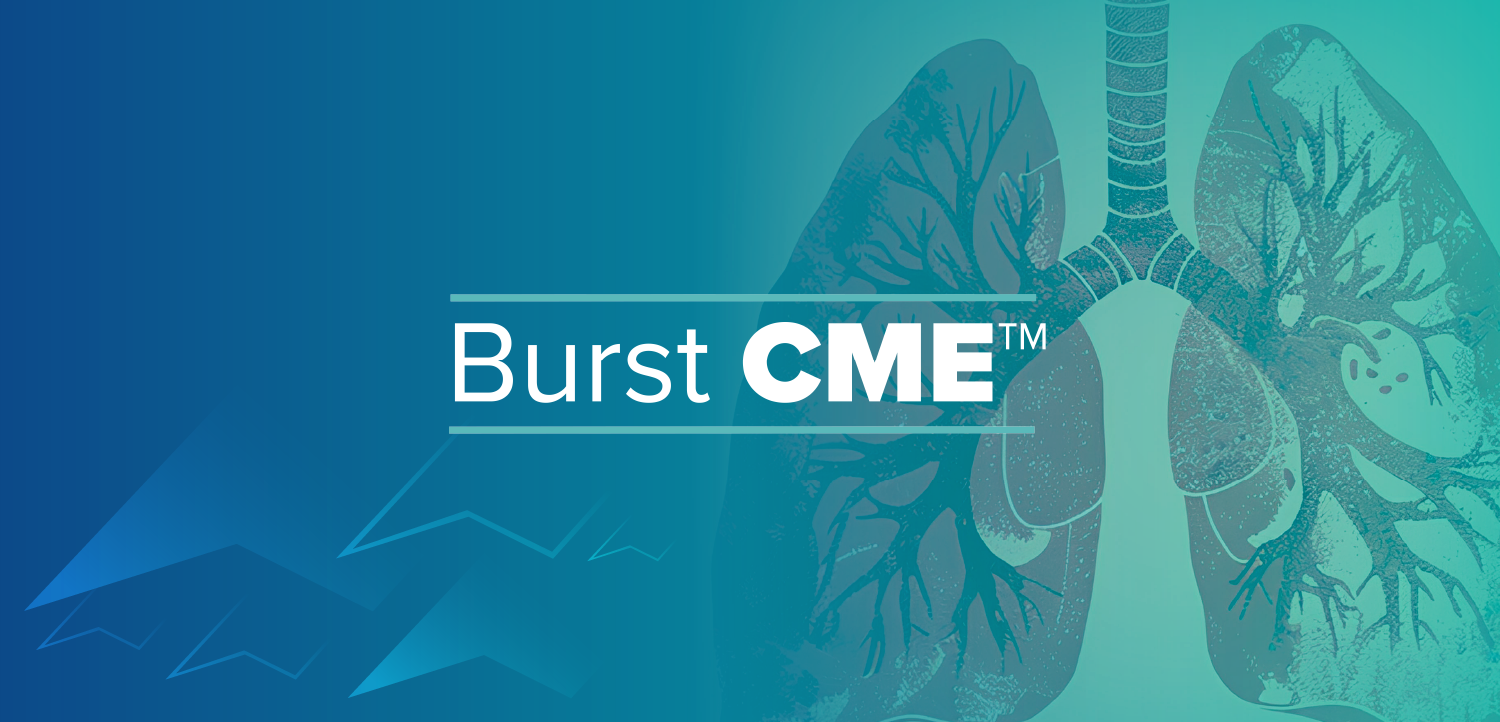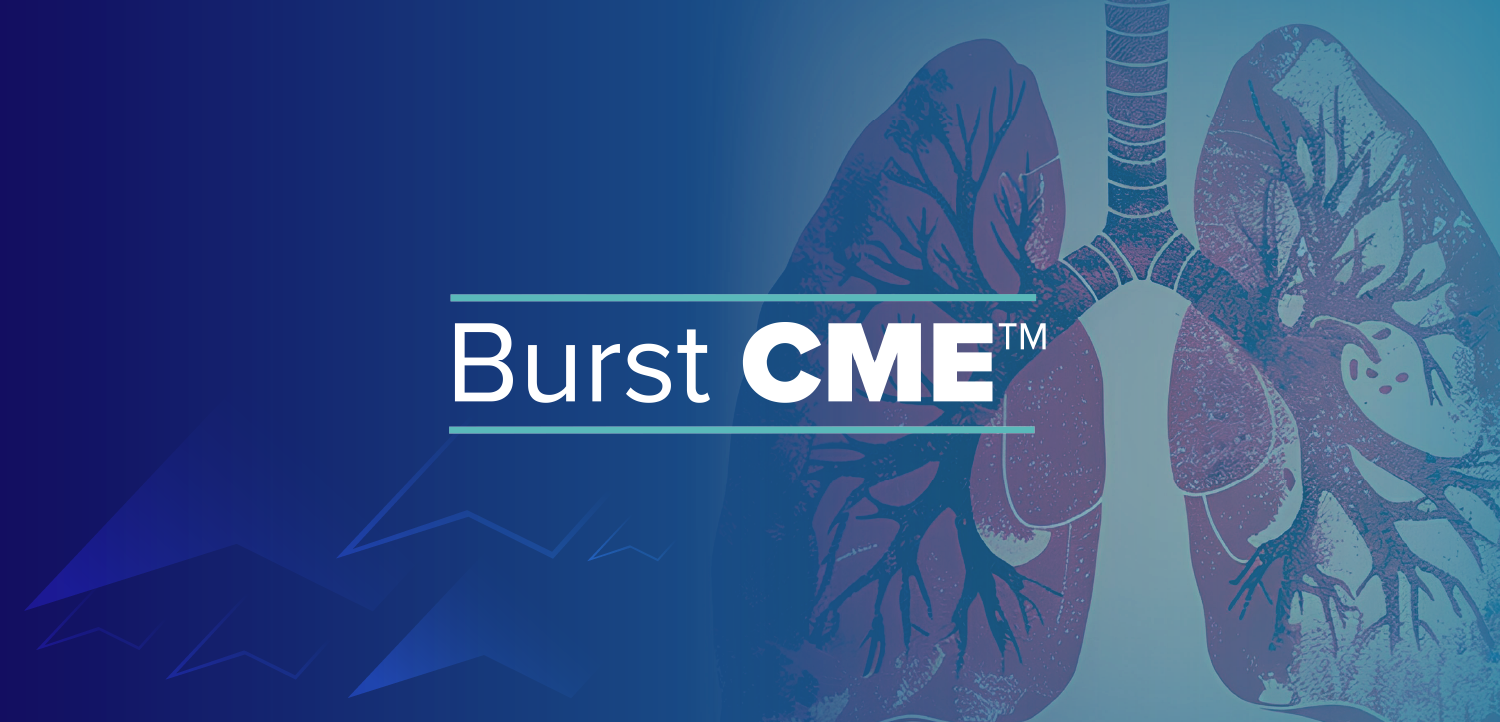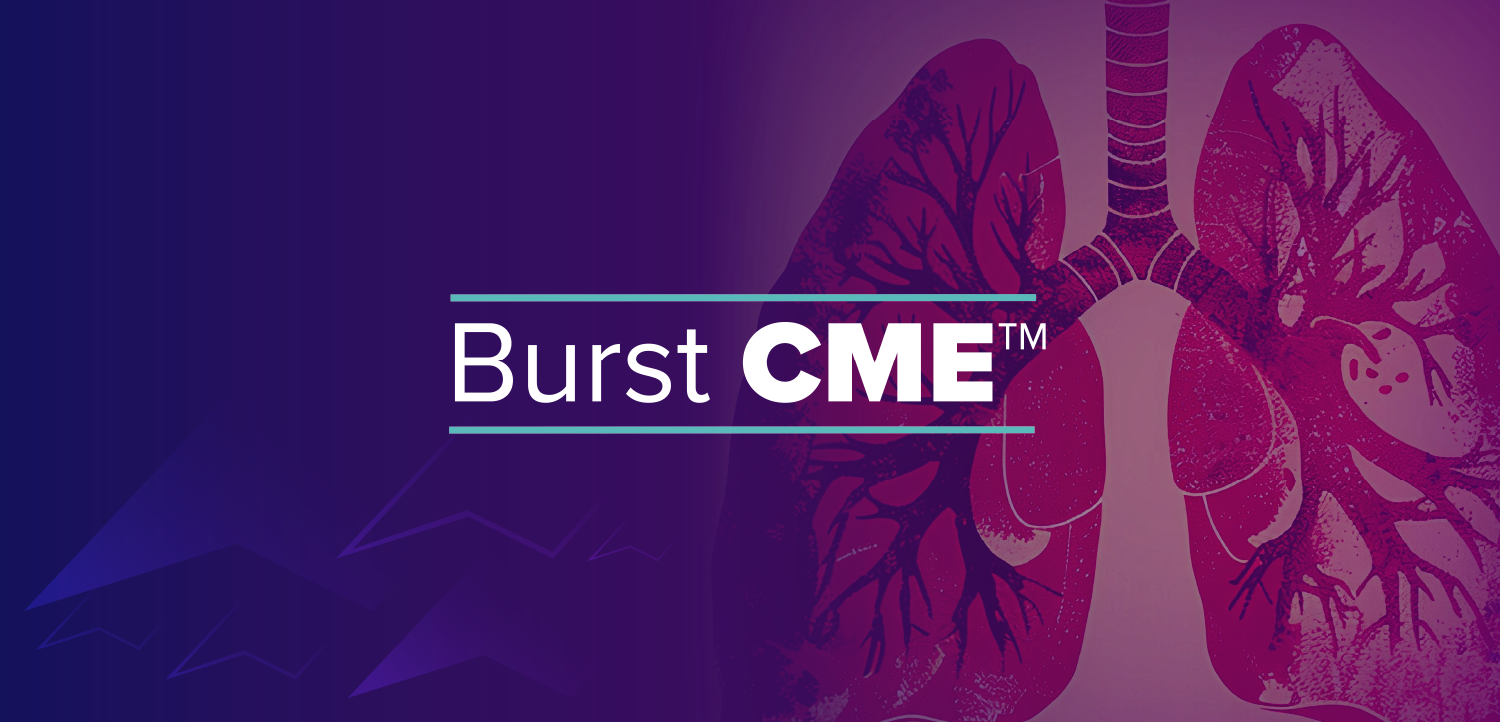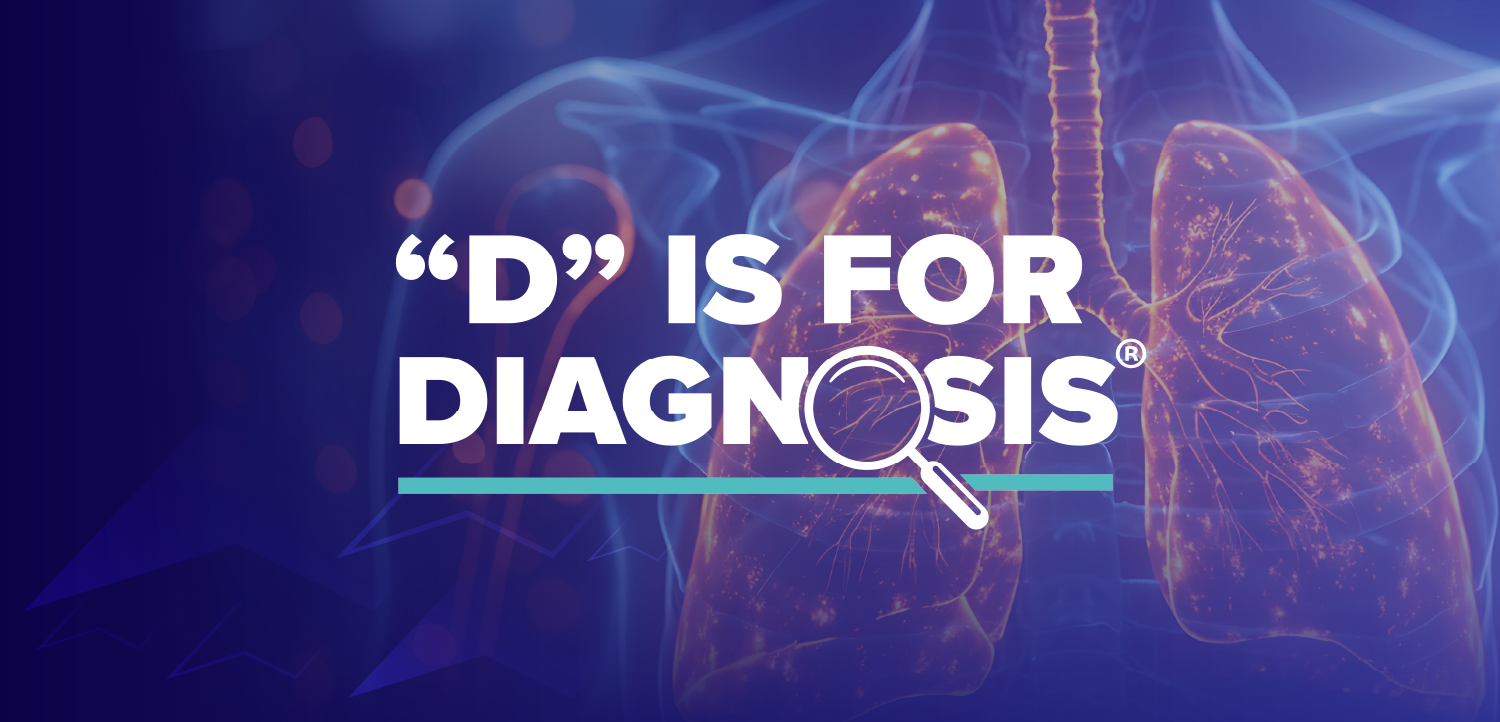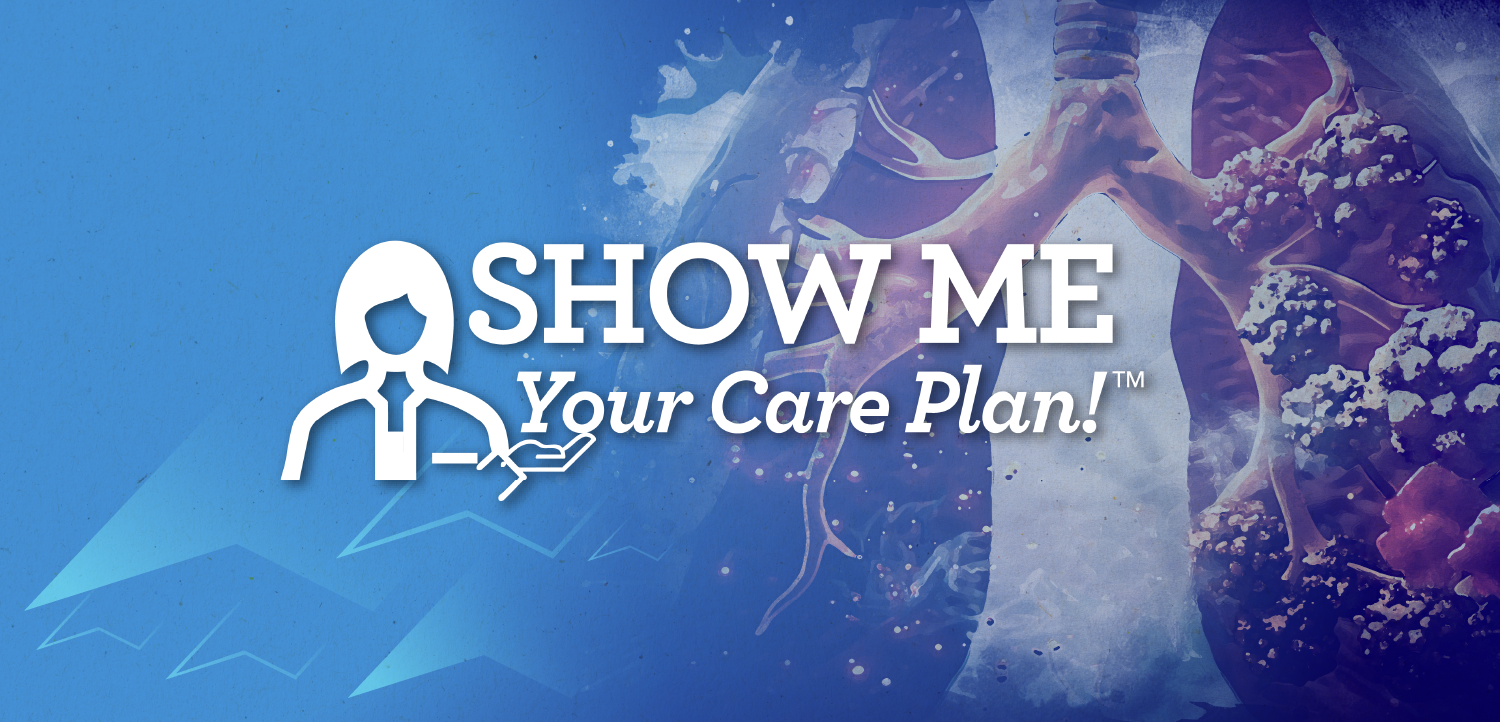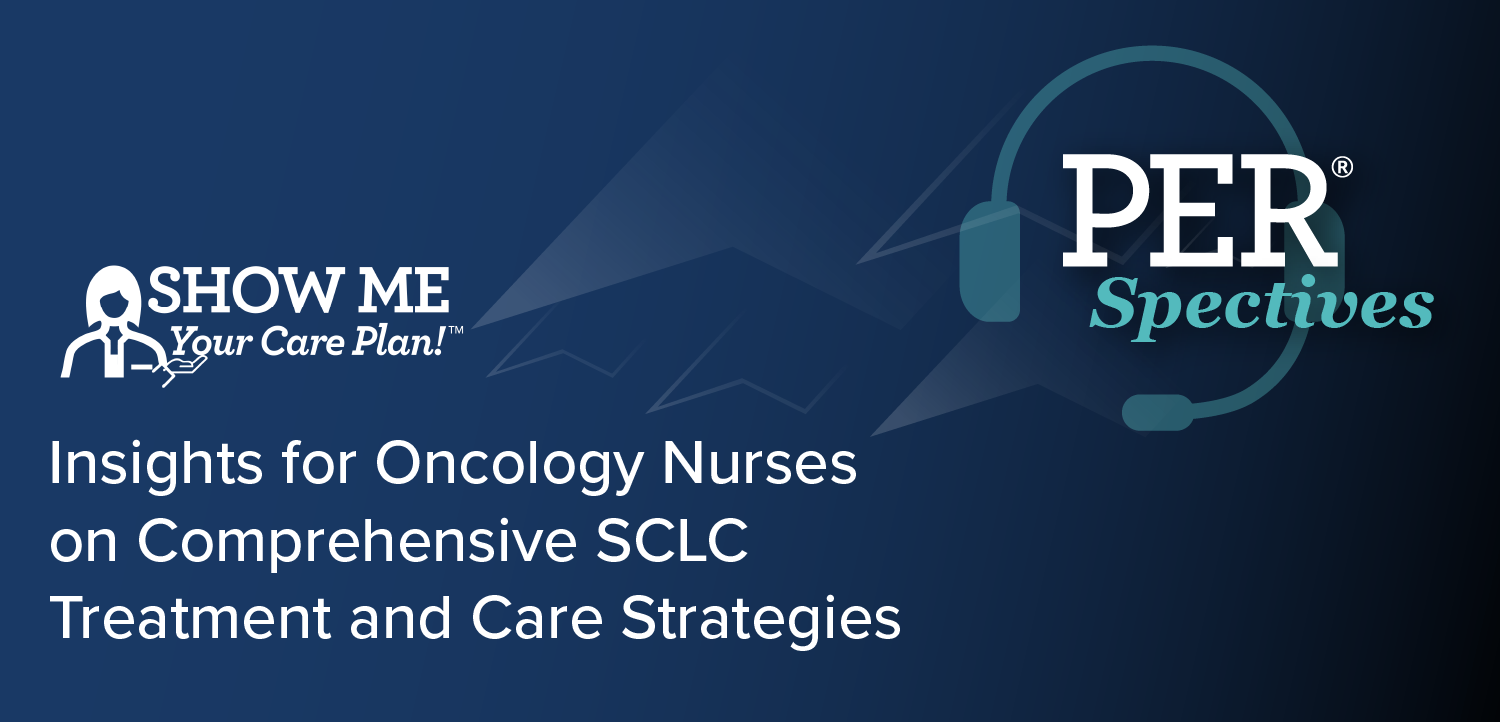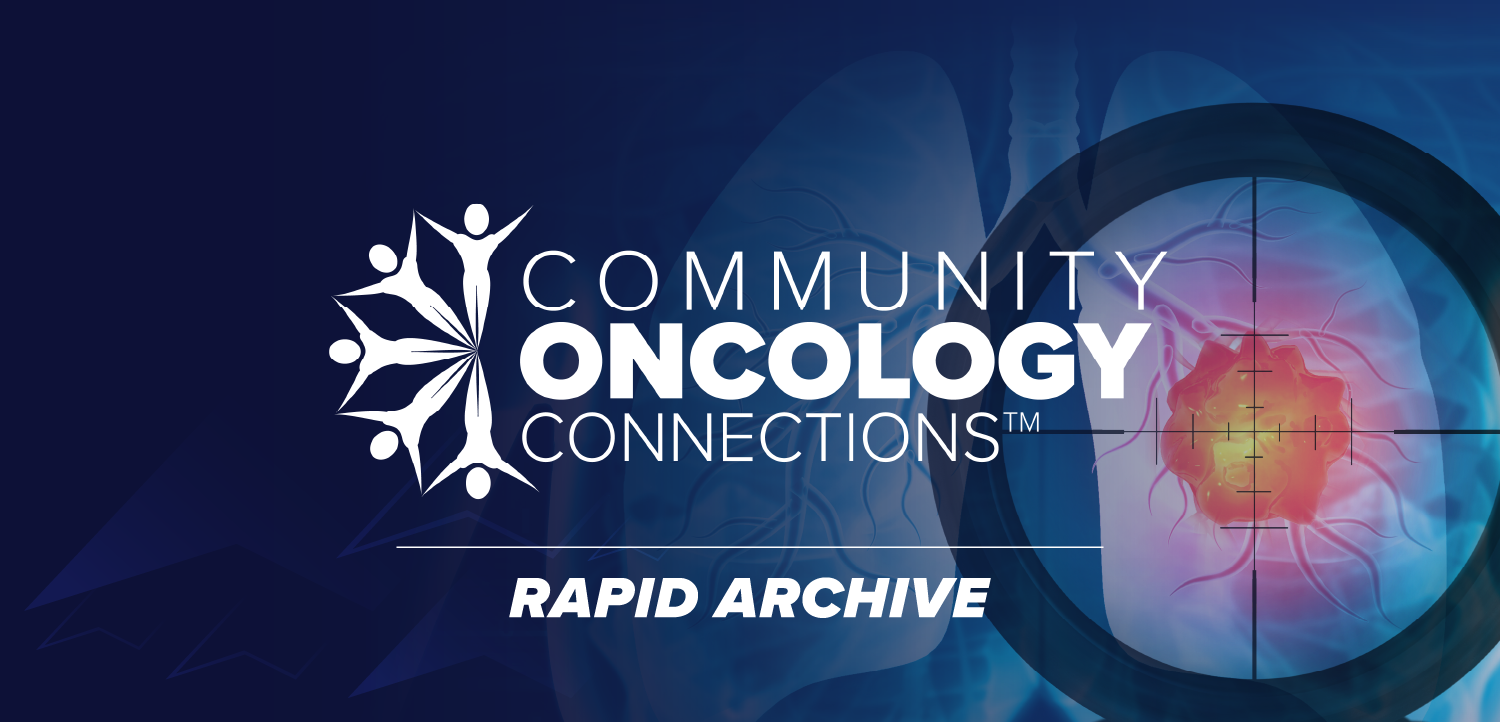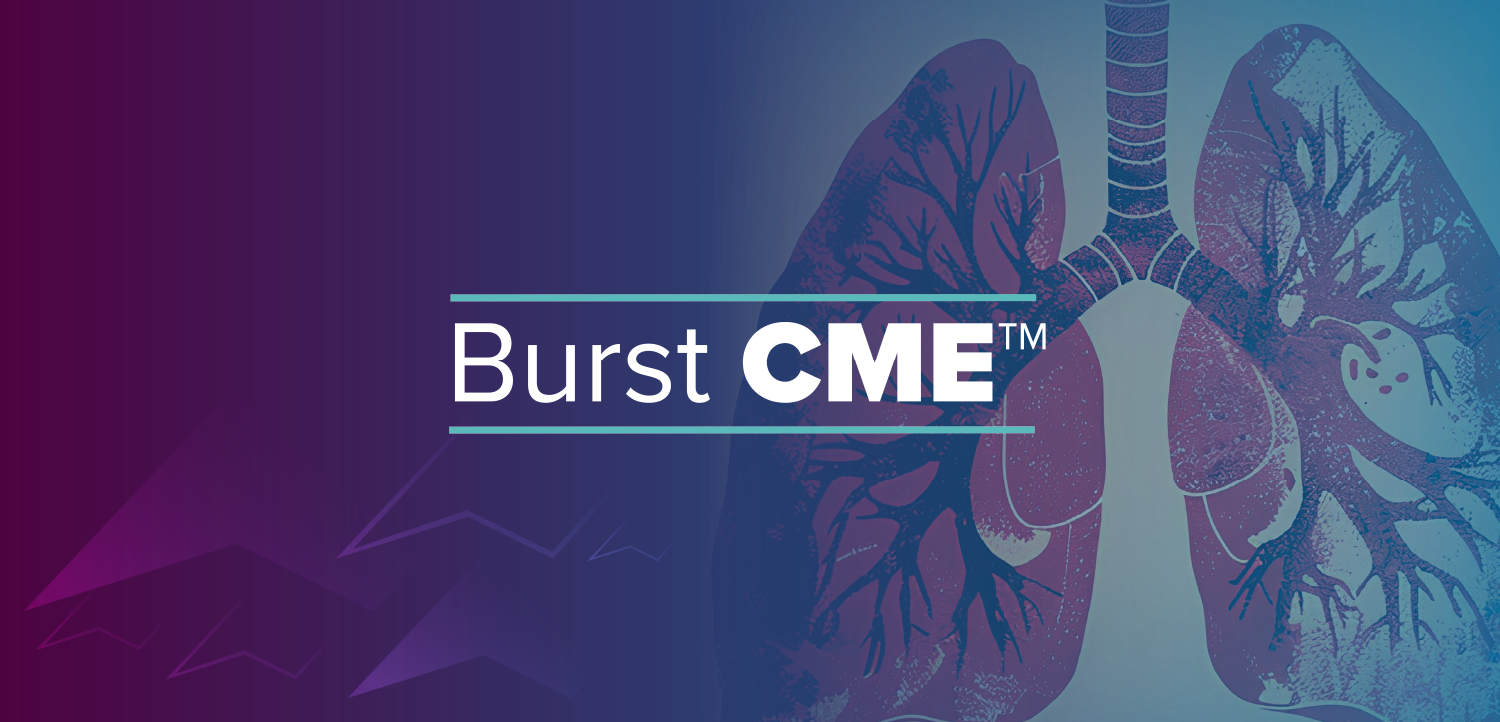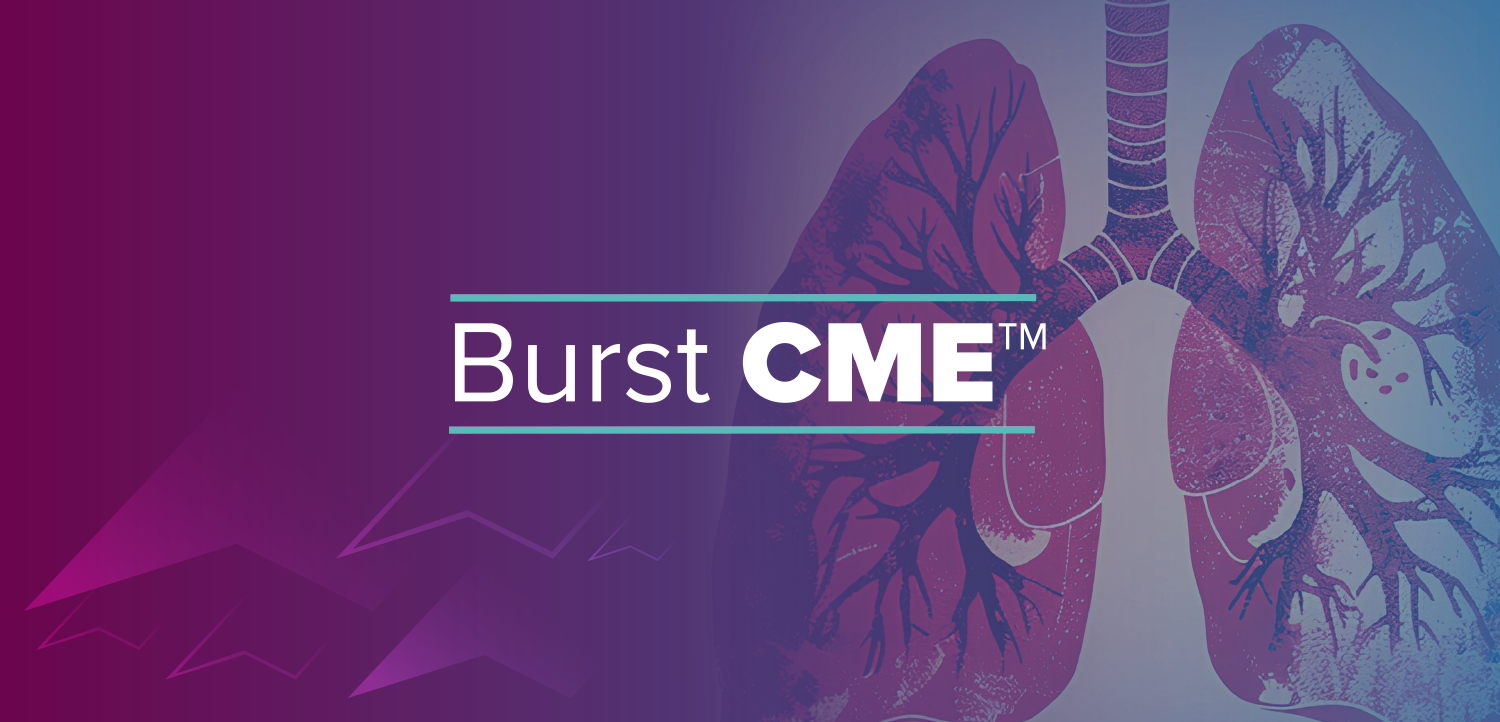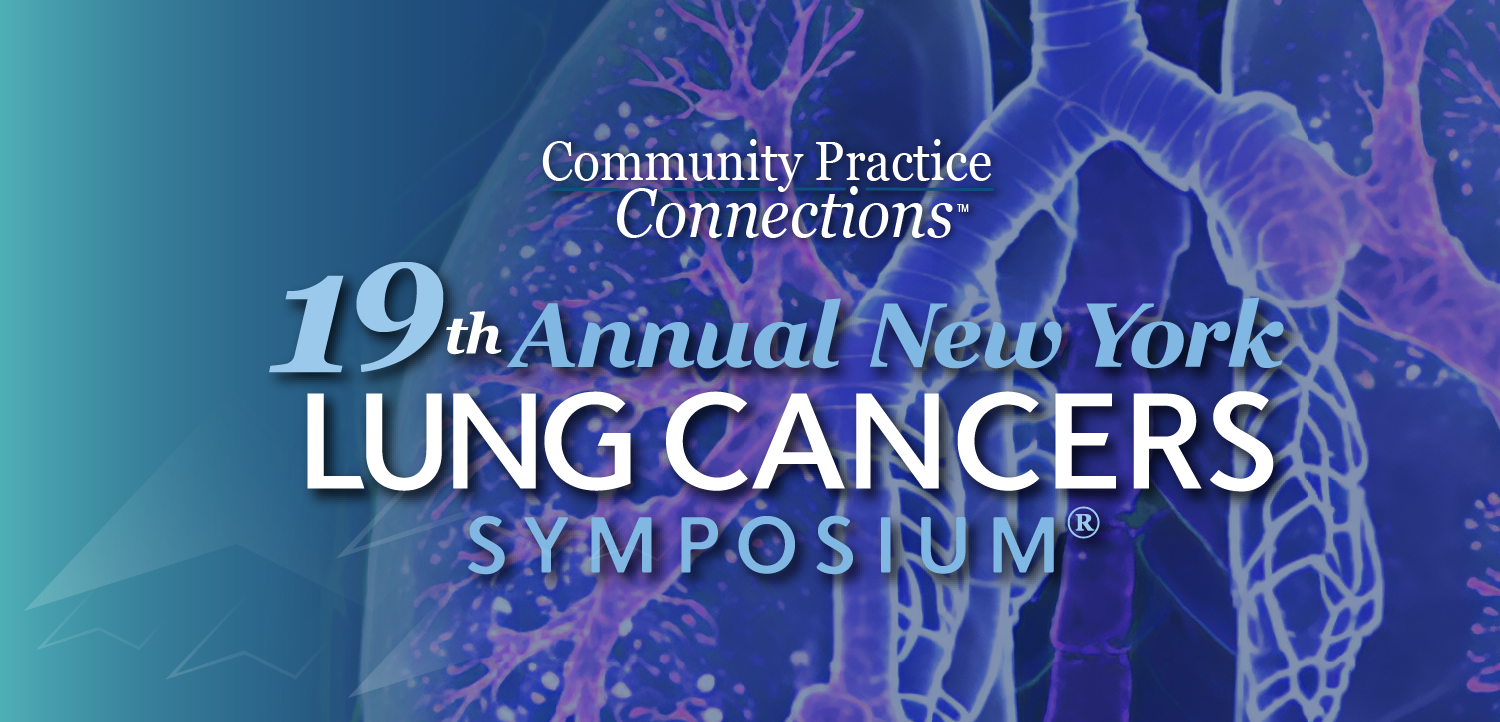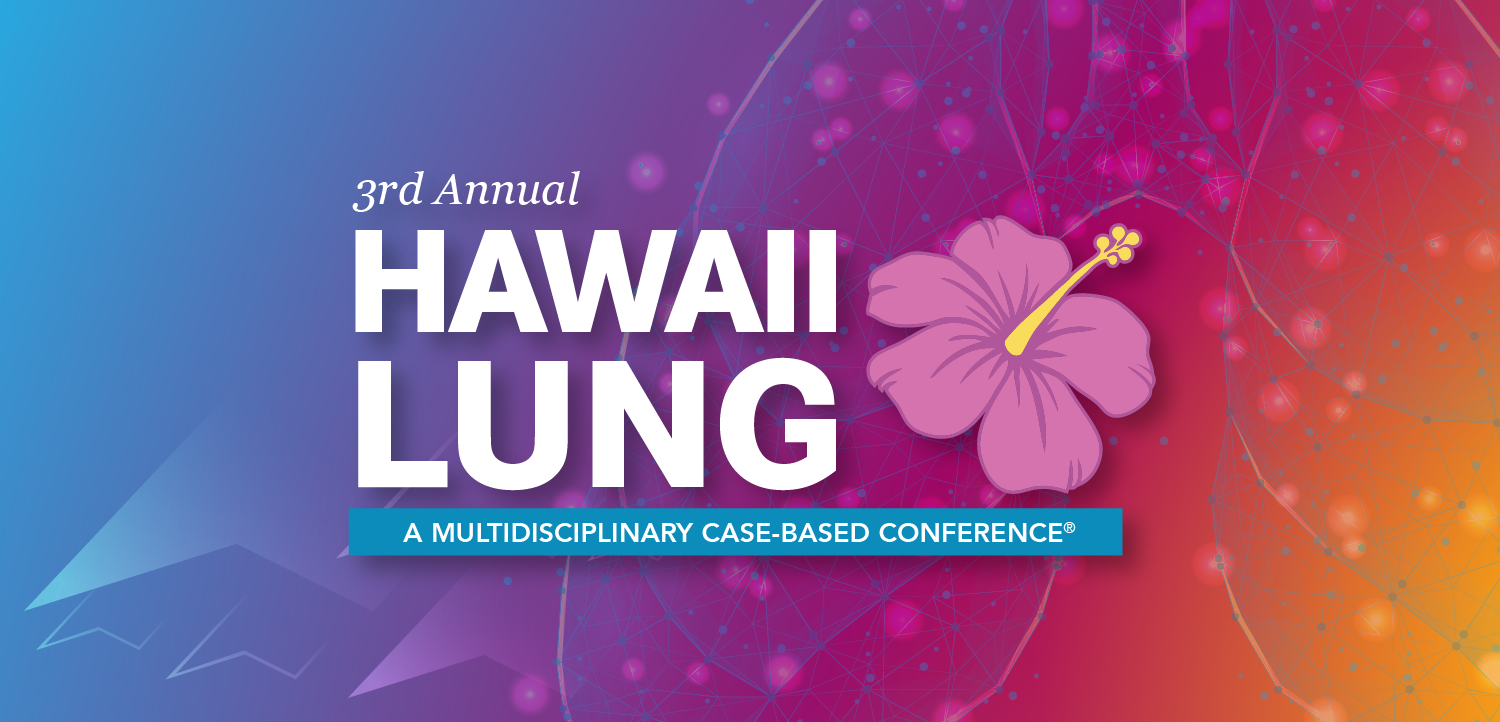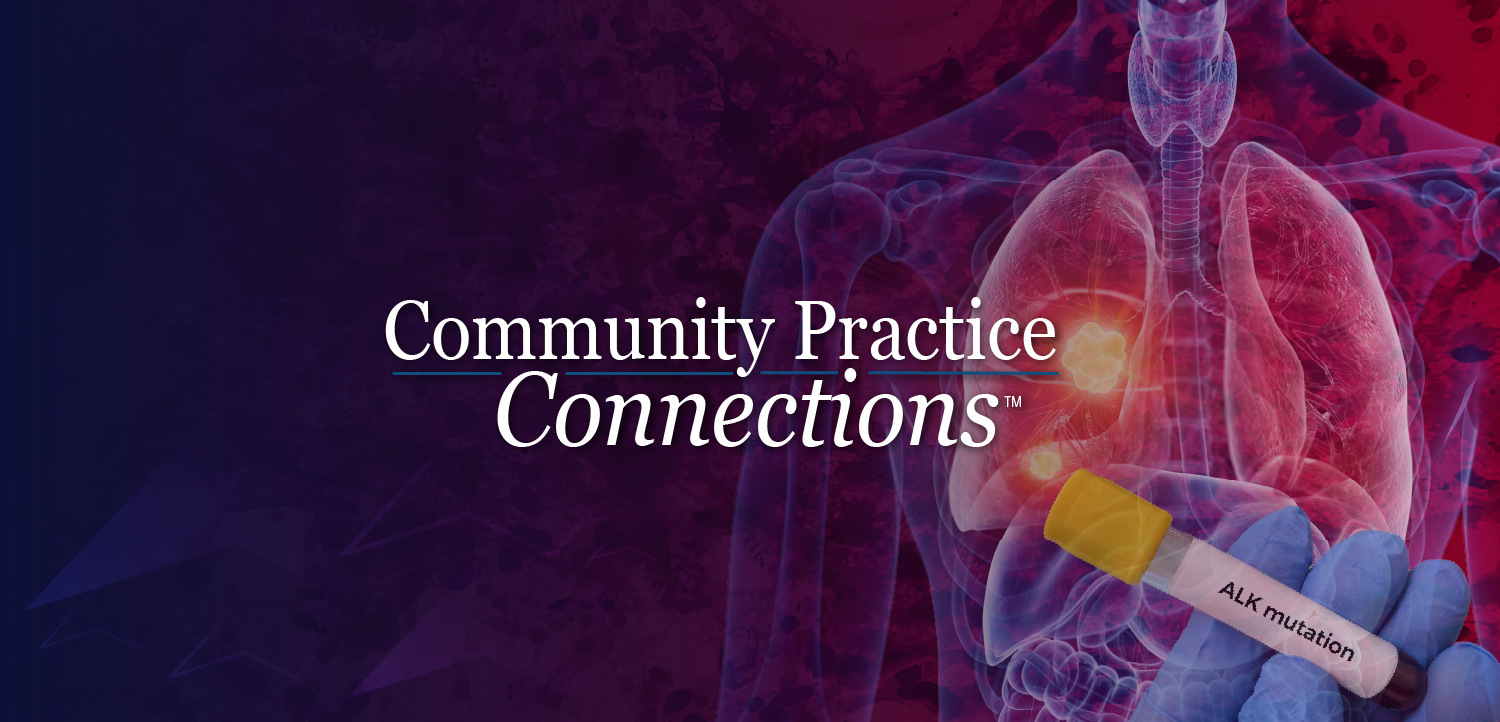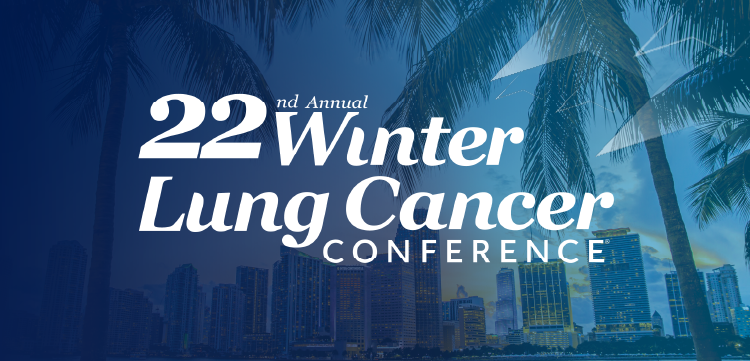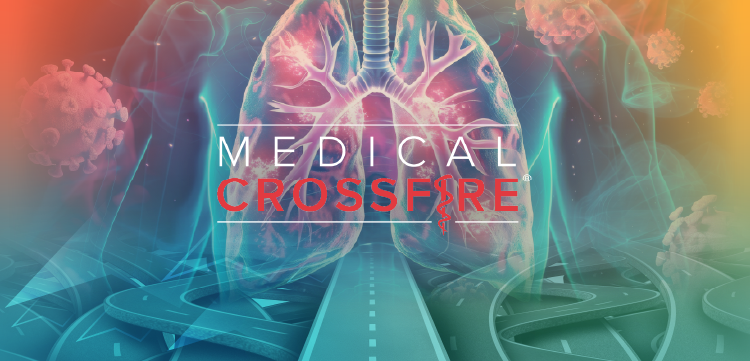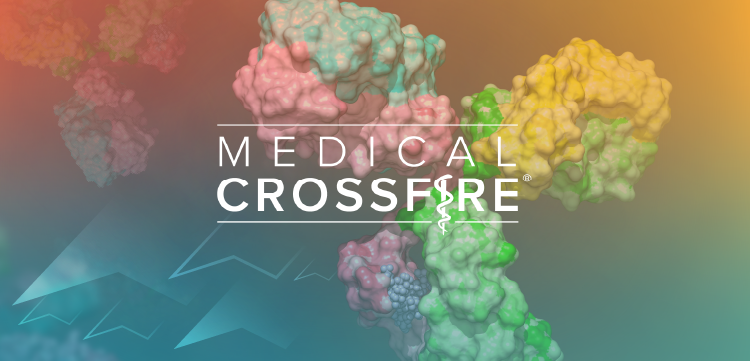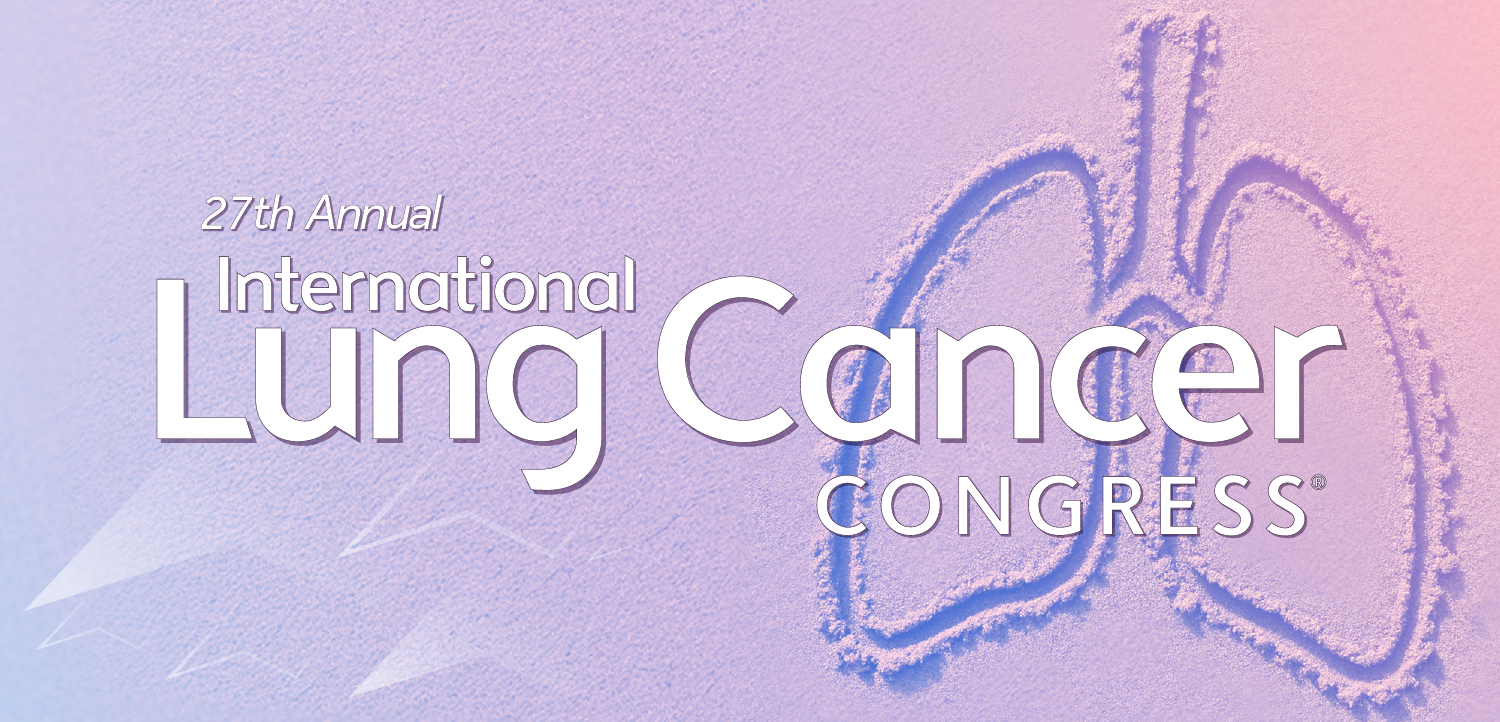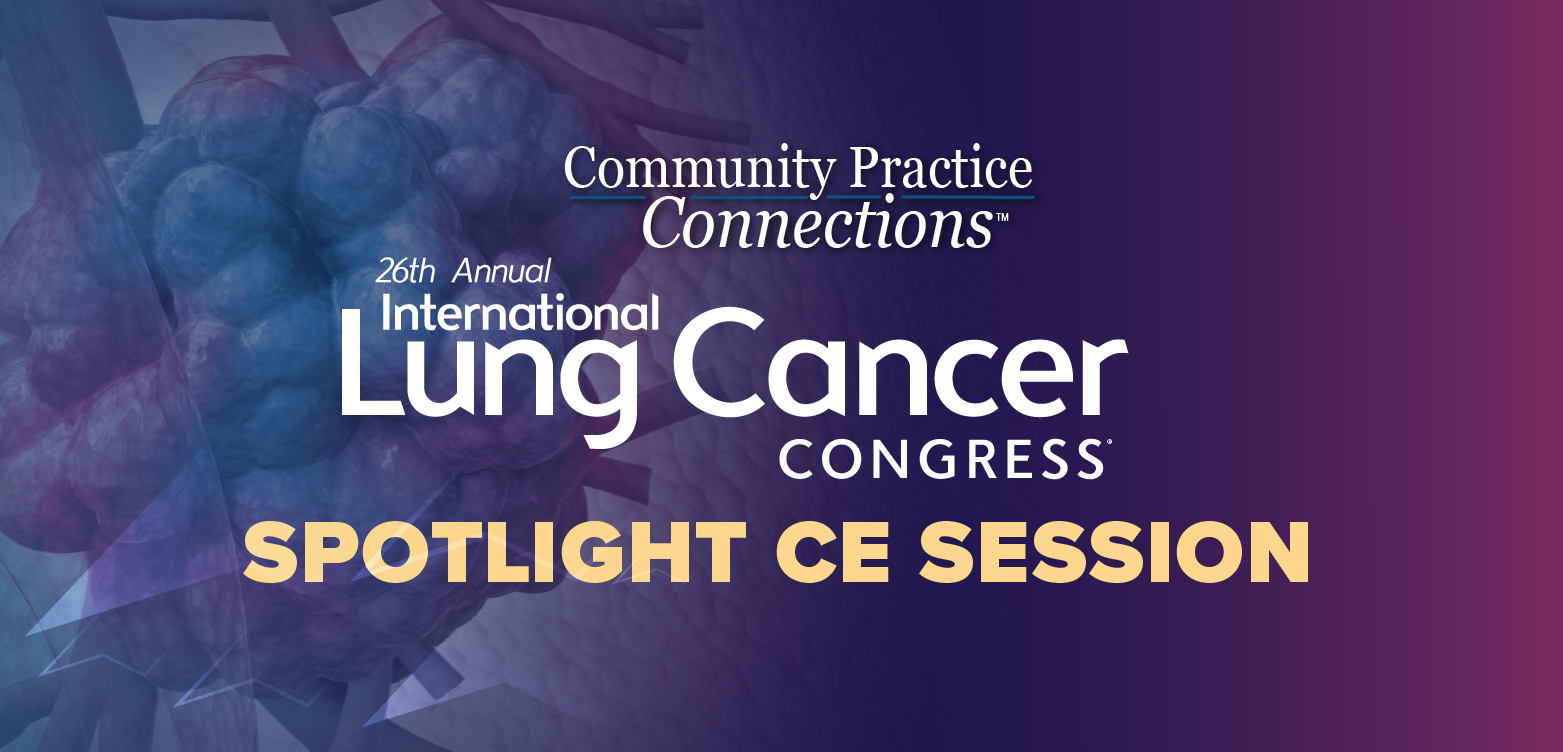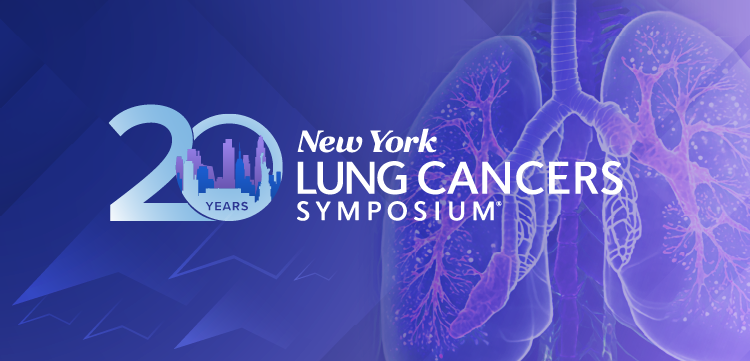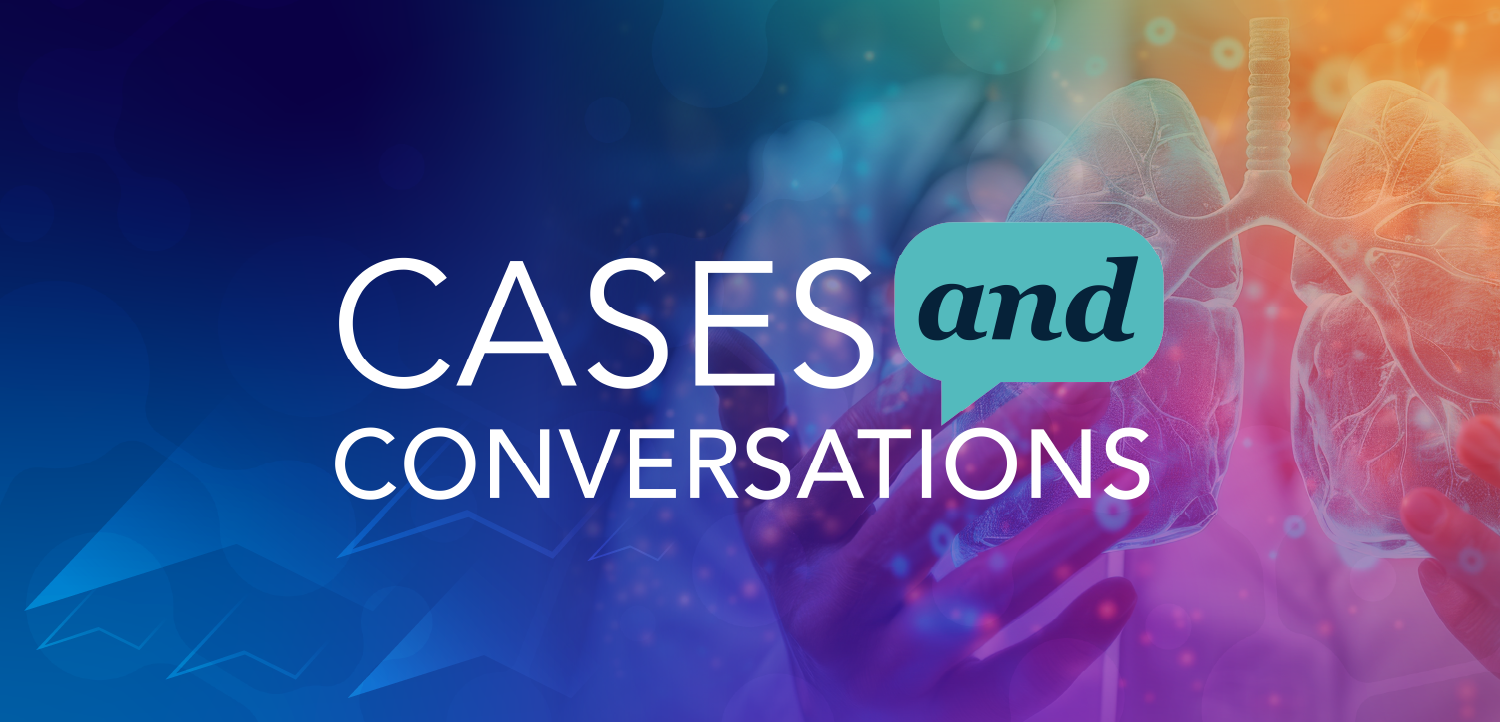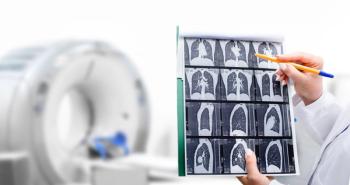
5 Questions For Respiratory Therapist Educator Brandan Gerry
The biggest challenge in training the next generation of respiratory therapists is getting them to engage in "critical thinking and getting them to think about the disease process," says educator Brandan Gerry. "Students are good at memorizing tidbits but not always assimilating everything into a clear picture and tying things together."
In 2001, Gerry joined military, intending to train as a respiratory therapist. A month after 9/11, he finished basic training and moved to San Antonio, Texas, for advanced individual training in respiratory therapist. After completing training, he returned to his homestead in Portland, Maine, where he served in the U.S. Army Reserves for nearly a decade.
Gerry was deployed for a year where he worked as a respiratory therapist with the 399th Combat Support Hospital in Tikrit, Iraq, from 2006 to 2007. When not deployed, he worked as a respiratory therapist at the MaineHealth Maine Medical Center, a teaching hospital in Portland, where he stayed for two years after retiring from the military.
How did your experience in Maine prepare you for your career today?
My experience at a teaching hospital — and that bedside experience with patients — later informed my approach as an educator and underscored the importance of critical thinking when I joined Concorde Career Colleges shortly after returning to San Antonio. I was the primary didactic instructor for my first eight years at Concorde. I taught every respiratory therapy course we offered and took students on clinical rounds. During that time, I worked on a primary team of instructors and academic leaders to rewrite our curriculum. Because of my instruction background and curriculum development experience, I had the opportunity to step into a program director position and was later offered the national lead role.
What are some of the biggest challenges you face in training future respiratory therapists, particularly in relation to treating conditions like idiopathic pulmonary fibrosis and pulmonary fibrosis?
The biggest challenge is critical thinking and getting them to think about the disease process. Students are good at memorizing tidbits but not always assimilating everything into a clear picture and tying things together. They just want to learn how to treat it.
We have specific modules in our program where we teach idiopathic pulmonary fibrosis and pulmonary fibrosis and focus on the disease process. We teach from a foundation of understanding how the disease develops, how you're going to identify that disease process —through pulmonary function tests, six-minute walking tests, chest x-rays, bronchoscopies, lab results — and how you’re going to treat that disease specific to the patient, whether that will be with new emerging inhalation therapies, basic oxygen therapy, or in late-stage illness, with mechanical ventilation or non-invasive ventilation.
Given your extensive experience in both clinical practice and education, what do you believe are the most critical skills and knowledge areas for respiratory therapy students to master before entering the workforce?
Mastering patient assessment and applying critical thinking skills to what you have assessed; being able to rationally and logically look at your patient and do what we call a differential diagnosis. The ability to swiftly, thoughtfully determine whether this acutely ill patient needs quick treatment. Being able to do a good patient assessment and then critically think through treatment options, independent of a physician. That’s what the industry needs, critically thinking patient assessors who can identify early risks. If you identify patients who are at risk early on, you can minimize more serious illnesses downstream and prevent intubation codes or those more critical situations.
How do you integrate your military background into your teaching methods, and what unique perspectives do you feel it provides to your students in the respiratory therapy program?
The regimented lifestyle, self-discipline, and high standards served me well in the military as a respiratory therapist. That military training gave me agility and the ability to act quickly in high-stress or crisis situations. In every situation, as I teach my students, I relied on my Army and civilian experience as an RT [respiratory therapist] and focused on the basics. Focus on fundamental skills and slowing down the experiences got me through many of the traumas. However, there’s a massive chasm between military and civilian education. You can’t just bark orders and say, “Learn this; go do it,” as I experienced in military training.
When teaching civilian students, I’ve had to balance that regimented mindset and approach and incorporate soft skills with a bit of my military background. I have to be straightforward without being too blunt. Be honest and not sugar-coat things, but in a manner that’s constructive. That was a learning curve for me initially — I was nicknamed “Scary Gerry” in my first couple of years of teaching. Civilian students want to know the “why.” Why are we learning that? Why are we taking that treatment approach? In Army training, we’re told to just learn it. Figure it out.
There’s value in that resourcefulness and the ability to act quickly. However, the “why” is fundamental to critical thinking and just as crucial to the education experience.
With advances in technology and treatment methods, how do you keep the curriculum updated to ensure that your students are prepared to meet the evolving demands of the healthcare industry?
There is the curriculum side, which includes the content you’ll teach, and then there is the laboratory and clinical side, which consists of the treatment and equipment modalities you'll use.
On the curriculum side, in my national lead role, I review and consistently update our textbooks in our system and point out any new additions, such as the recent addition of COVID-19 diagnosis and treatment. I’m constantly reading journals, research, and textbooks to keep up with the latest advancements.
On the clinical side, I examine the equipment our hospital partners currently use. It doesn't always have to be a huge technological advancement. Sometimes, it’s small updates to simple oxygen devices, aerosol devices, ventilators or BiPAP [bilevel positive airway pressure]. So, we always talk to our clinical sites about new technologies they’re using. We then decide whether to purchase or rent the equipment so that we can expose our students to the latest industry standards. If we can’t buy it, we take our students to the hospital site and train them there. We also examine our credentialing body and incorporate any changes to credential requirements, as our graduates cannot get jobs without them.
Newsletter
Get the latest industry news, event updates, and more from Managed healthcare Executive.

